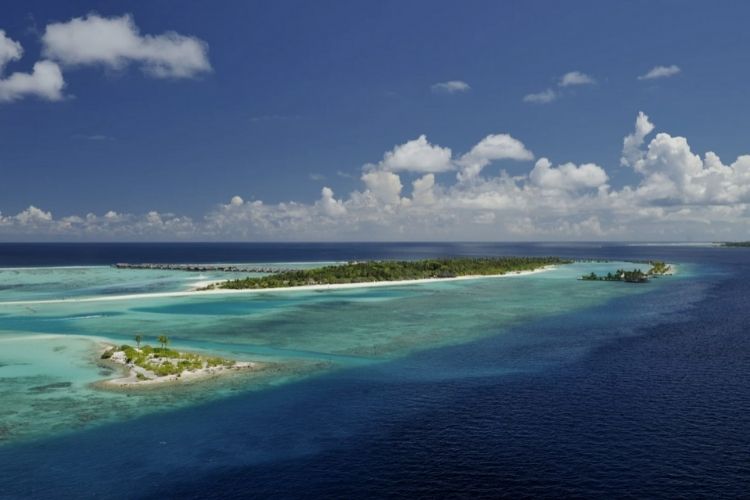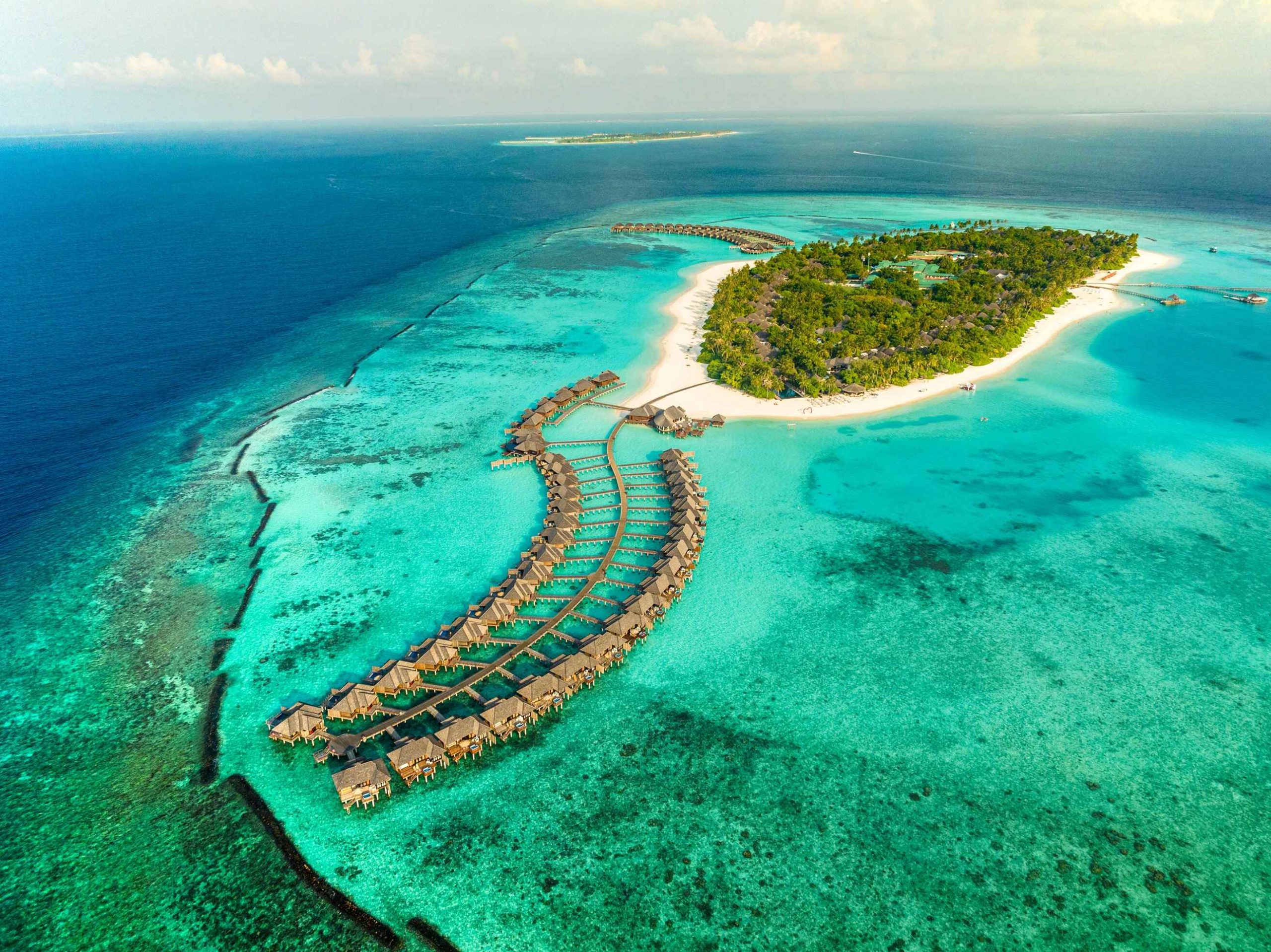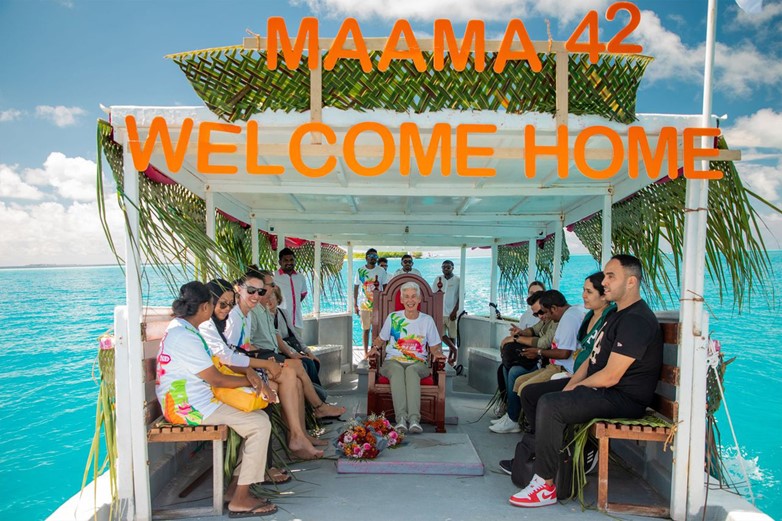The World Travel and Tourism Council (WTTC) has recognized the efforts of the Maldives in implementing enhanced health and safety measures. In line with the WTTC global Safe Travels protocols and creating a safe, gradual plan by rebuilding confidence among travelers and ensuring a coordinated approach in restarting the tourism industry, Maldives was granted the Safe Travels Stamp.
The Safe Travels Stamp is endorsed by the World Tourism Organization and more than 200 travel companies. The objective of the Safe Travel Stamp is to provide confidence to travelers and re-establish consumer confidence in Travel & Tourism and ensure travelers of enhanced standards of hygiene are in place and the assurance that they can once again experience ‘Safe Travels’.
The stamp is the world’s first-ever global safety and hygiene stamp for Travel & Tourism, designed to address COVID-19 and similar outbreaks. The United Nations World Tourism Organization (UNWTO) also embraced the WTTC Safe Travels stamp, which has the safety and hygiene of travelers as their top priority. Since the launch of the stamp, major destinations around the world have signed up to the world’s first-ever global safety and hygiene stamp.
The one-island-one-resort concept of Maldives guarantees that visitors get to enjoy their vacation in seclusion as it offers a level of safety that can only be achieved in Maldives. The tourism ministry and the Maldives Marketing and Public Relations Corporation (MMPRC) has been taking up the effort to promote the Maldives in various destinations following the border reopening on 15th July 2020.
The Maldives has also made it mandatory for travelers to submit a negative PCR test from 10th September 2020. Maldives Tourism minister Dr. Abdulla Mausoom earlier revealed a goal to welcome 500,000 visitors to the country in 2020. However, the minister indicated 120,000 is the lowest figure for the remainder of the year.







